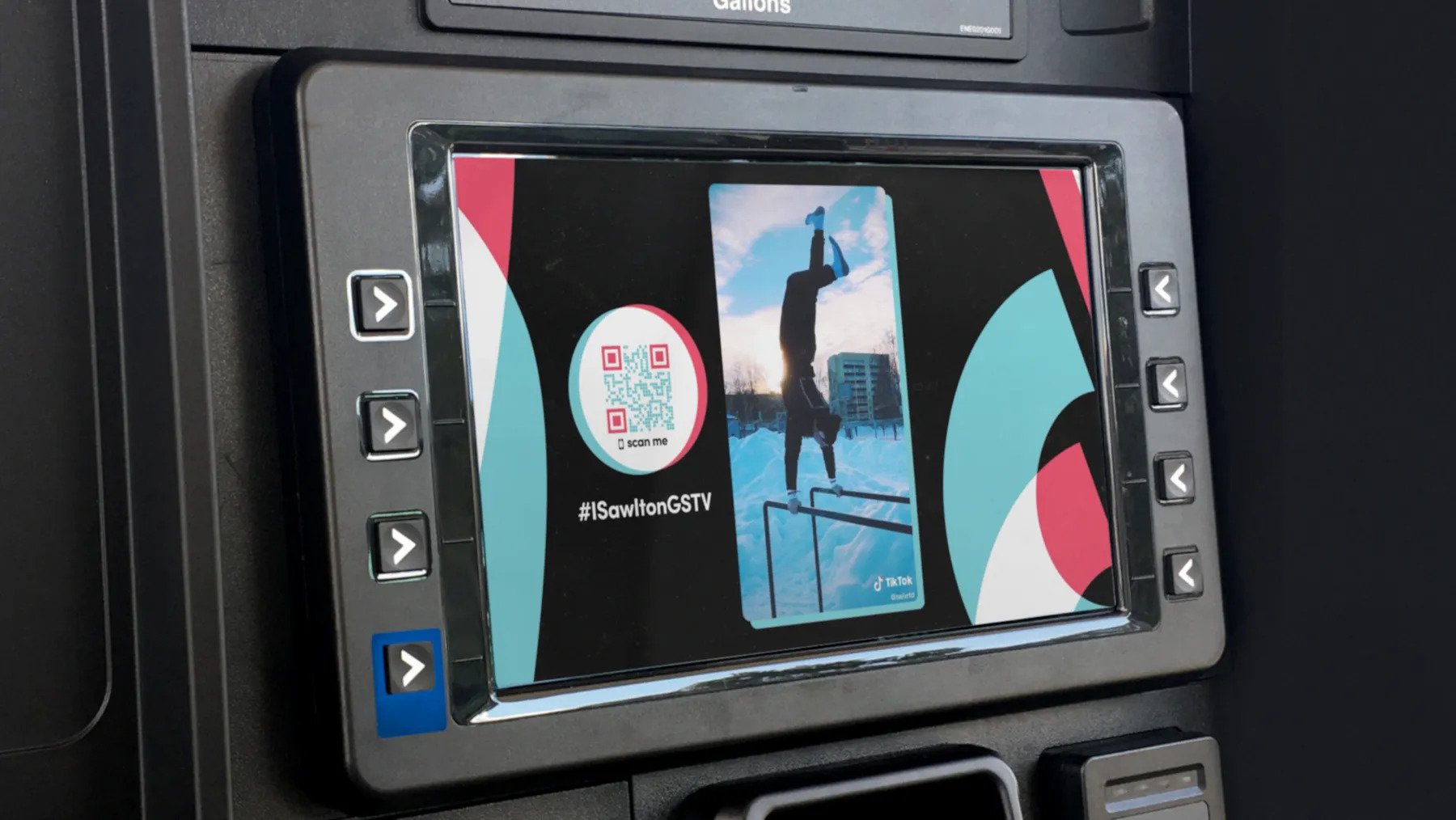Ten years ago you’d be forgiven for posting an unfiltered photo of your breakfast on Instagram. But the “lens of perfection” cultivated by social media influencers has made its mark on modern culture and business, with most of us now becoming accustomed to posting, or at least seeing, perfectly polished pictures and cinematic-quality reels on social media - even from friends and family.
This uncanny valley has become more and more pronounced on social platforms as influencer content creation has professionalised and this has, in turn, impacted a business’ decision making process when it comes to marketing spend and investment. Previously, businesses had to weigh up the return on investment of paid advertising in magazines versus promotional events. However, now there are even more options to consider that can benefit a brand’s awareness levels and help drive commercial gain. It can therefore sometimes be challenging for businesses to understand where to invest and how to measure the financial benefit of each channel.
Influencers: An Affordable Avenue to Consider 💰
Social media content creation has become a much more lucrative, competitive industry and one that businesses, large and small are looking to capitalise upon and secure positive financial gain. Not only is the bar for success higher, but the introduction of brand deals, talent agencies and others, means the entire operation is a whole lot slicker. Payment for sponsored posts can sometimes even reach six figures.
The majority of influencers are incredible content creators that are successful for good reason. But this (uniformly round) bubble is about to burst and businesses need to take note. People are starting to reject what they see as “filtered” content, in favour of realism.
Cost of Living Crisis: Sparks De-Influencer Trend 📈
This shift in 2020 had big consequences for brand-influencer relationships. Many parts of the world now find themselves in a cost of living crisis, with the price of essentials like food and energy rapidly rising, people are understandably holding their purse strings tight. The savviest of influencers are sensitive to the needs of their audience - so they understand that now is not the time to be pushing things that people don’t need.
As a result the industry is seeing an influx of influencers actively using their power to advise people on what they should not be spending their money on - “de-influencing”, if you will. “Dupe” videos - where influencers suggest affordable alternatives to pricey products - have long been a thing, but the de-influencing trend takes this a step further by actively turning people away from what they see as bad investments. Video trends like TikTok’s “products that were not worth the hype” are a hugely positive example of this movement in action (as long as they’re not being replaced for more expensive alternatives).
Impact on Purchase Decisions 🤔
In the past, influencers would simply avoid mentioning a product they didn’t like, so de-influencing is a real sea change in behaviour that businesses need to be savvy to. The growing environmental crisis is only going to add fuel to this fire in the coming decade. Already climate awareness is having an impact on what and where people are choosing to spend their money. They’re even paying attention to influencer behavior and anything excessive or in-authentic could deter a follower - while genuine advice around what not to buy will likely be well received.
For businesses, the thriving de-influencer trend will simply mean they have to be smarter about how they work with influencers. We expect to see brands seek more long-term partnerships with social publishers and creators to incorporate authenticity and transparency into their brand strategy. The use of micro-influencers - who have small, but loyal followings - over macro or celebrity influencers, meanwhile, will become more common with businesses focusing on quality over quantity.
The fact is, influencers are fundamental to the world of commerce, and always have been. They’ve just taken different forms over the years. In the dot.com era, it was review sites like Yelp and TripAdvisor that held the power. Thanks to the kindness of strangers, these thriving communities suddenly gave us a better idea of where to eat, what to buy, and even where to visit. Businesses or brands, equally, have direct access to honest feedback and suggestions.
The appeal of these sites (many of which remain highly trusted today) is that the reviews were 100% genuine, underpinned by experience, and shed light on the good AND the bad. It’s our belief that the de-infuencer era will harness this same spirit, by offering audiences more well-rounded, critical viewpoints. This will benefit social media companies as well, by helping them become credible sales tools - TikTok, for instance, is putting a lot of marketing spend towards being a trusted platform for e-commerce - making it a win-win for all parties. So, with that all we have to say is “all hail the de-influencer - and long may they reign”.



.jpg)